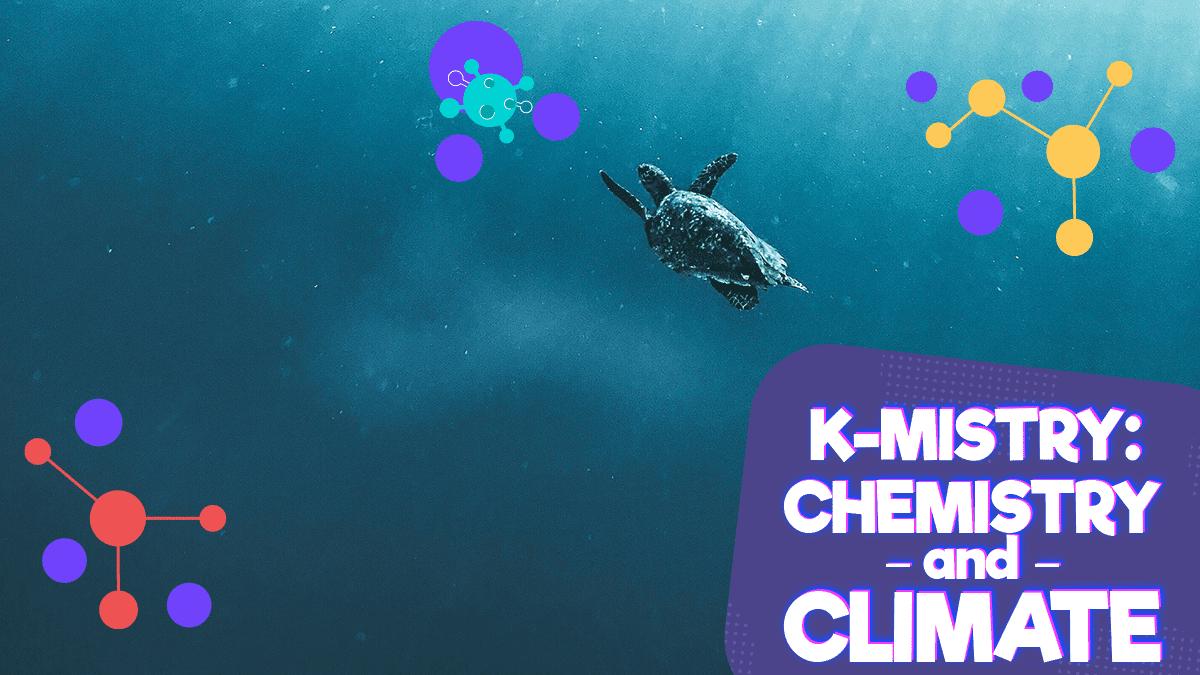The oceans are something called a “carbon sink”. That means they grab CO2 from the atmosphere and store it safely away. Forests, soil and plants are also carbon sinks but in terms of size, oceans are a WHOPPER. It’s thought the oceans grab around a quarter of all the CO2 humans produce each year, which is an enormous 2 BILLION tonnes.
Some CO2 is absorbed on the ocean’s surface, and some is gobbled up by algae and phytoplankton that live in the oceans. Other marine life do their part by eating up THOSE microorganisms and pooping them out – where they fall to the ocean floor, trapping the CO2 safely out of harms reach.
Less than five millimetres long, microplastics, come from plastic waste and have been found almost everywhere on earth – from the deepest oceans to the Antarctic. The problem is that they’re very easy for marine life to swallow – and that can make marine life sick or even die. Not just because it’s not food, but because microplastics absorb pollutants which can then be transferred to the animal.
Microplastics that fish eat make their poop FLOAT not SINK, which means the carbon from the algae and phytoplankton end up back near the surface instead of being safely trapped away, and that CO2 can end up back in the air. Another effect of climate change is that the water in the oceans is becoming more acidic and this is causing problems for the sea life that lives in them.
The ocean contains three types of carbon – most is bicarbonate, a smaller amount is carbonate and a tiny bit is carbon dioxide. As more CO2 from the atmosphere dissolves into the sea, the balance changes and the amount of carbonates is reduced by as much as 10% at the surface. The resulting chemical change leads to a more acidic solution. This is bad news for shellfish and coral reefs as they need carbonates to make their shells.
It’s a balancing act – acids and their opposite alkalis, are like two ends of a see-saw. It’s thought adding alkali rocks to ocean beds might help reduce the acidity to protect shellfish and the coral reefs.
Or maybe we could introduce more types of algae and phytoplankton – or encourage growth of existing ones, to increase the amount of CO2 they gobble up.
Chemists are right at the forefront of developing safer and more biodegradable materials to replace harmful plastics so in the future these pesky particles won’t be able to hang around causing havoc. But you know the very best way to reduce the acidity of the oceans…
By tackling the causes of climate change, and reducing emissions, we can help keep our oceans healthy. And we can all play our part with that!
Here’s a cool experiment where you can see the effect of acidification on marine life for yourself.
What will you need?
- White vinegar
- Water
- 2 jars
Shells from the beach (please ensure there are no living animals on them and that you are not taking them from a no-take zone) Tip: If you don’t have access to shells or a beach, sidewalk chalk is a great substitute that simulates marine bicarbonate structures like shells or corals.
Ocean acidification experiment set-up
Step by step instructions:
1. Clean shells by washing them in freshwater.
2. Fill 1 jar with sea water and one with vinegar.
3. Have the kids make their hypothesis: what do they think will happen to each shell?
4. Add a shell to each jar.
5. Watch what happens!
6. Let shells sit in solution for 1 week.
7. Remove and rinse shells.
8. Compare the differences.
Created with the support of a Royal Society of Chemistry Outreach Fund grant








